Chronic pain is a persistent and often debilitating condition. It affects millions worldwide. Unlike acute pain, chronic pain persists long after the initial injury has healed or in the absence of any tissue damage. This prolonged experience of pain can impact one’s quality of life. It leads to physical limitations, distress, and isolation.
Neuroplasticity is the brain’s remarkable ability to reorganize itself by forming new connections. It plays a crucial role in the development and maintenance of chronic pain. This ability can be beneficial and allows the brain to adapt and learn. However, it can also contribute to the persistence of pain. In individuals with chronic pain conditions, the brain undergoes maladaptive changes. It strengthens pain pathways and makes them more sensitive to these signals.
Understanding the relationship between chronic pain and neuroplasticity is essential. This understanding is essential for developing effective treatment strategies. By targeting the neural changes associated with this condition, doctors can help people regain control over their pain and improve well-being.
The Role of the Nervous System in Chronic Pain
Pain is a complex process involving intricate interactions within the nervous system (NS). Pathways, a network of neurons, are responsible for processing and transmitting signals from the site of injury to the brain. When tissue damage occurs, specialized sensory neurons called nociceptors are usually activated. They’re located throughout the body and can detect noxious stimuli. They include heat, pressure, or chemicals. Once activated, they convert these stimuli into electrical signals. These signals then travel to the spinal cord.
It acts as a relay station. There, these signals are usually processed and transmitted further to the brain. Within the spinal cord, interneurons modulate the pain signals influencing both their intensity and quality. From the spinal cord, the signals ascend to many brain regions involved in pain perception. It includes:
- The thalamus
- Somatosensory cortex
- Limbic system
The thalamus acts as a central hub, relaying signals to other brain areas for further processing. The somatosensory cortex is responsible for the localization and characterization of pain. It helps us find where the pain is and what it feels like. The limbic system is involved in emotions and memory. It contributes to the emotional and psychological aspects. It includes fear, anxiety, and distress.
The nervous system is broadly divided into two parts: the central nervous system (CNS), which comprises the brain and spinal cord, and the peripheral nervous system (PNS). It includes all the nerves outside the CNS. Both play crucial roles in chronic pain. Damage to nerves in the PNS can lead to prolonged and often intense pain. This damage can alter the way signals are transmitted and processed, leading to sensitization of the NS. Sensitization means that the NS becomes overly responsive to pain signals. It’s even in the absence of ongoing tissue damage. This heightened sensitivity can contribute to the development of chronic problems.
The brain, being the control center, adapts to the persistent pain signals through neuroplasticity. While this adaptability can be beneficial, it often leads to maladaptive changes. These changes can reinforce pain pathways. It makes them more efficient at transmitting signals, thus perpetuating the experience of chronic issues.
Brain Changes Associated with Chronic Pain
chronic pain is not just a sensation. It is a complex experience that significantly impacts the brain. It leads to structural and functional changes. Persistent pain can alter the physical structure of certain brain regions. It affects their size and connectivity. For example, studies have shown that people with chronic pain may experience a decrease in gray matter volume in certain brain areas. Those include the prefrontal cortex and the hippocampus. The prefrontal cortex is involved in:
- Executive functions
- Decision-making
- Attention
Meanwhile, the hippocampus plays a crucial role in memory and learning. These structural changes can contribute to mental and emotional difficulties. Those are often associated with chronic pain.
In addition to structural changes, chronic issues also lead to functional changes in the brain. They refer to alterations in the activity between different brain regions. In people with chronic pain, there is often increased activity in brain areas involved in pain processing. For example, the anterior cingulate cortex and the insula. They’re involved in the emotional and mental aspects of pain. It includes attention to it, anxiety, and perceived unpleasantness. Furthermore, there can also be decreased activity in brain areas involved in pain modulation. They’re the prefrontal cortex and the descending pain inhibitory pathways. These pathways normally help to suppress pain signals. However, their reduced activity can contribute to the persistence of pain.
The amygdala is a brain region involved in emotions. It’s also significantly affected by chronic pain. The amygdala’s increased activity can contribute to emotional distress and anxiety. They’re often experienced with chronic pain. These brain changes contribute to the heightened pain perception and the emotional and mental challenges associated with chronic pain.
The Impact of Neuroplasticity on Pain Perception
Neuroplasticity is the brain’s ability to reorganize itself by forming new neural connections. It plays a dual role in chronic pain. It allows the brain to adapt and learn, but it can lead to maladaptive changes that worsen the pain experience. Continuous stimuli can trigger the brain to rewire itself. It strengthens pain pathways and makes them more sensitive. This process can lead to an increased perception of pain, even in response to non-painful stimuli. For example, a light touch that would be perceived as painful by someone with chronic pain.
Maladaptive neuroplasticity plays a significant role in the development of chronic pain conditions. The brain’s rewiring in response to continuous pain can lead to a vicious cycle where pain leads to more pain. The strengthened pathways become more efficient at transmitting signals. It leads to a heightened perception of pain, which in turn further reinforces these pathways. This cycle can be difficult to break.
However, neuroplasticity is not always detrimental. The brain also has the potential for positive changes that can be harnessed for relief.
Therapeutic Interventions Leveraging Neuroplasticity
Our brains are constantly changing and adapting, a quality called neuroplasticity. This ability can be leveraged to help manage chronic pain. Several therapies focus on retraining the brain to change how it processes these signals.
Cognitive-behavioral therapy helps people understand the connection between their thoughts, feelings, and pain. It teaches coping strategies to control pain better and reduce its impact on life. Essentially, CBT helps rewire the brain’s response to pain.
Physical therapy uses movement and exercise to improve physical function and reduce pain. Specific exercises can help reshape the nerve pathways involved in pain, making them less sensitive. This approach helps the brain learn new, healthier movement patterns.
Neuromodulation uses electrical stimulation or magnetic fields to change nerve activity. These methods can target specific areas of the brain or spinal cord involved in pain processing. By altering nerve signals, it can help reduce pain and improve quality of life.
These approaches offer hope for chronic pain management. These therapies offer potential for reducing pain and improving quality of life. However, further research promises even more targeted and effective approaches.
Lifestyle and Non-Medical Approaches to Pain Management
Beyond specific therapies, lifestyle choices also play a big role in brain health. These approaches support neuroplasticity naturally.
Meditation and mindfulness practices can help change how we perceive pain. By focusing on the present moment and observing sensations without judgment, we can learn to manage pain sensations without getting overwhelmed by it. Mindfulness helps rewire the brain’s response to signals.
Diet, sleep, and stress changes are crucial for brain health. A healthy diet provides the brain with the nutrients it needs to function properly. Good sleep allows the brain to repair and reorganize itself. Managing stress reduces the impact of stress hormones on the brain. All these factors support neuroplasticity and can reduce pain.
Holistic approaches like yoga, acupuncture, and massage can also be helpful. These methods often combine physical movement, relaxation, and mindfulness. It can support neuroplasticity and reduce pain. While research on their specific effects is ongoing, many people find them beneficial.
The Future of Chronic Pain Treatment Through Neuroplasticity
The future of chronic pain treatment looks promising thanks to advances in our understanding of neuroplasticity.
Neuroscience research is constantly revealing new insights into how pain works and how the brain changes. This knowledge is leading to the development of new treatments. It includes targeted medications and innovative techniques.
AI and brain-computer interfaces hold great potential for pain control. AI could personalize treatments based on brain activity and pain patterns. Brain-computer interfaces might allow people to control their brain activity to reduce pain.Harnessing neuroplasticity is revolutionizing how we approach chronic pain. By understanding how the brain changes, we can develop more effective and personalized treatments. This offers hope for a future where chronic pain is managed more effectively, leading to a better quality of life for millions of people.

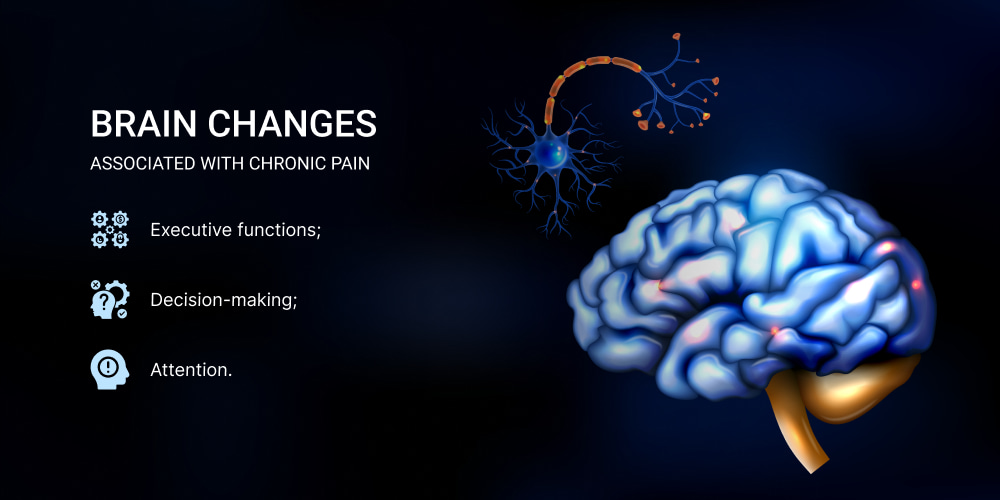



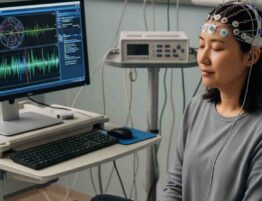
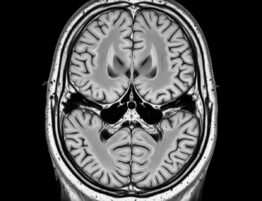
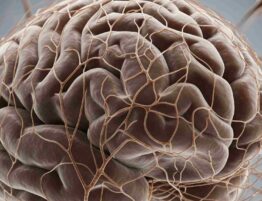
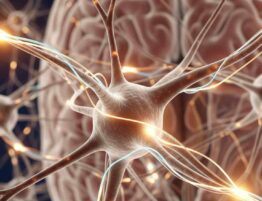



Please, leave your review
Write a comment: